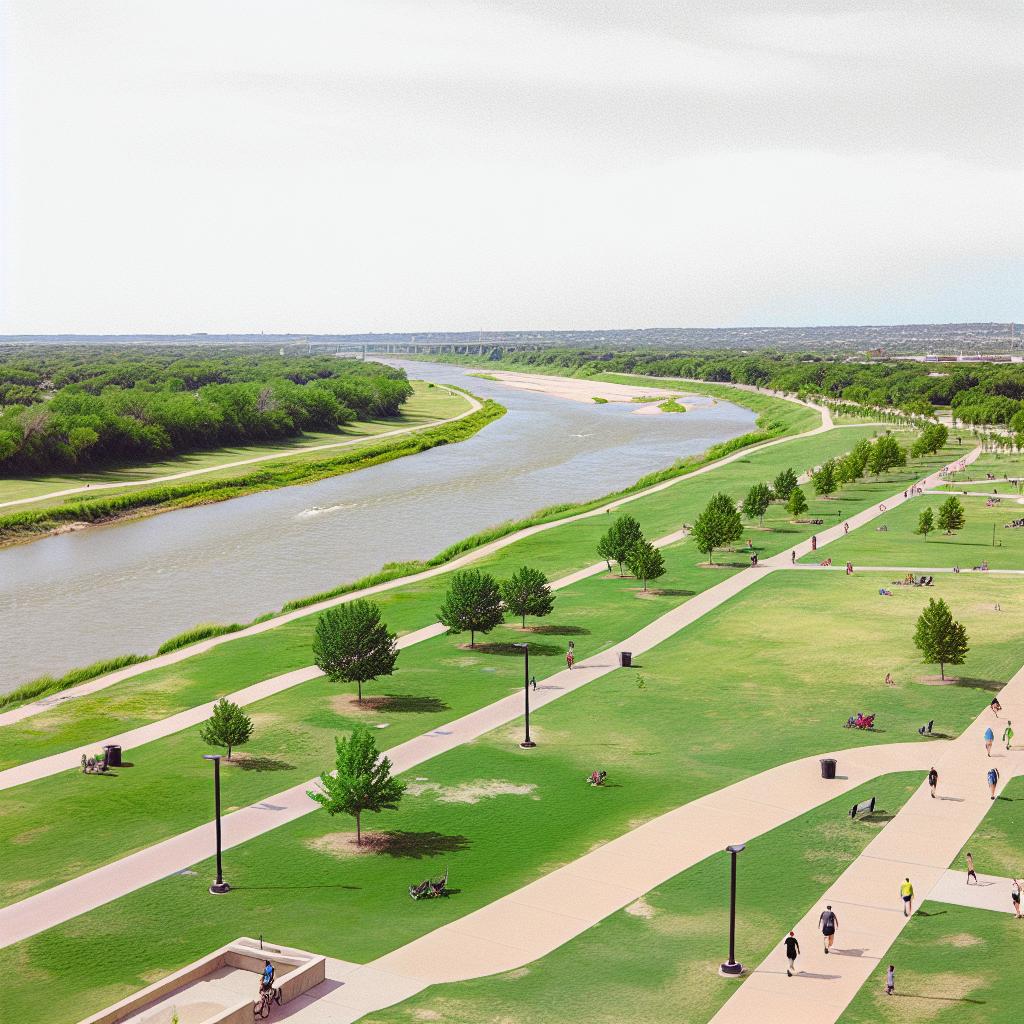Overview of Riverside Park
Riverside Park is a scenic urban park nestled along the banks of the Hudson River in New York City. It primarily lies within the Manhattan borough, offering stunning landscapes that provide an escape from the bustling city life. The park stretches approximately 4 miles from 72nd Street to 158th Street. It is a green oasis that caters to both nature enthusiasts and city dwellers, showcasing a range of natural and recreational offerings.
History of Riverside Park
The origins of Riverside Park can be traced back to the late 19th century when it was initially conceptualized and designed. The early planning efforts were led by the esteemed landscape architects, Frederick Law Olmsted and Calvert Vaux. These two visionaries are also celebrated for designing Central Park, reflecting their profound influence on New York City’s green spaces. Through the years, Riverside Park has evolved, with numerous sections developed in response to the city’s changing needs and its residents’ desire for recreational activities.
During the early stages of its development, Riverside Park was designed to be a place where people could enjoy pastoral landscapes. Olmsted and Vaux envisioned an area that would bring the beauty of nature into the urban environment, providing a respite for guests. As the city expanded and modernized in the 20th century, additional amenities and features were added to the park. This continuous growth allowed the park to remain relevant and welcoming to a diverse population of visitors.
Main Attractions
Riverside Park boasts a myriad of attractions and amenities that cater to various interests. Its offerings are designed to engage visitors and promote well-being.
Walkways and Bikeways: Central to the park’s design is its network of walkways and bikeways. Visitors can traverse these extensive paths on foot or by bicycle, allowing them to soak in the breathtaking views of the Hudson River. The serene atmosphere along the river’s edge makes it an ideal spot for leisurely strolls and invigorating runs.
Sports Facilities: For those inclined towards physical activity, Riverside Park is well-equipped with sports facilities. It features basketball courts, soccer fields, and tennis courts. These facilities encourage both residents and tourists to engage in sports, fostering an active lifestyle and community spirit.
Playgrounds: Families visiting the park can enjoy various playgrounds thoughtfully scattered throughout. These areas offer children safe and engaging environments where they can explore and play, ensuring that visitors of all ages find enjoyment in the park’s surroundings.
Natural and Cultural Significance
Riverside Park’s significance extends beyond recreational offerings. It encompasses areas that highlight ecological diversity and cultural history, creating a unique blend of nature and heritage.
The park is notable for its ecological areas and gardens, which are designed to support biodiversity. These gardens feature native plant species, contributing to the city’s environmental sustainability initiatives. By showcasing natural flora, the park plays a crucial role in preserving local wildlife and promoting ecological awareness among visitors.
Culturally, Riverside Park is a rich tapestry of history, with numerous monuments and statues that commemorate notable figures and events. These historical markers serve as educational touchpoints, inviting visitors to delve into the stories behind them. The park thus stands as a testament to the city’s dynamic history and its commitment to heritage preservation.
Visiting Riverside Park
Riverside Park is accessible throughout the year, welcoming visitors from across the city and beyond. With its vast expanse and range of amenities, it offers something for everyone, making it a cherished destination in New York City.
The park is well-serviced by public transportation options, including several subway lines and buses, ensuring ease of access for all. This connectivity allows people to visit the park effortlessly, whether they are coming from within the city or traveling from farther afield.
For those interested in further information about visiting Riverside Park or participating in the various events and programs held there, the official Riverside Park website offers a wealth of resources. Visitors can explore upcoming activities, learn about the park’s history, and find details on facilities and services available during their visit.
In conclusion, Riverside Park stands as a vital component of New York City’s urban landscape. With its historic roots, expansive attractions, and commitment to both ecological and cultural significance, the park provides a remarkable retreat for individuals seeking a blend of relaxation, recreation, and reflection along the Hudson River.

